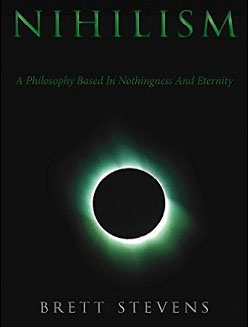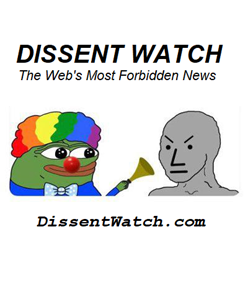Censorship-Industrial Complex
Since the censorship ravaging the internet has made the news recently, it makes sense to look into the followup to JournoList, which coordinated messaging across internet platforms, to the Censorship-Industrial Complex that replaced it.
Over the past couple decades, as people warned, our security services have turned from defending against foreign threats to enforcing false unity through government censorship implemented by private firms:
Governments of democracies have moved from fighting ISIS recruiters and Russian bots to censoring and de-platforming ordinary citizens and public figures they don’t like. In the US, the Censorship Industrial Complex is funded by billions of taxpayer dollars, and is using direct coercion along with the most sophisticated AI tools to manipulate people, label social media posts, and discredit factual information. Just because they don’t agree with them. Governments around the globe are attacking the free speech of its citizens. From Ireland to Germany, Canada to Mexico, laws are being passed that are stifling free speech in ways that would make the East German secret police proud. This complex is a network of government agencies, academic institutions, and NGOs that are censoring ordinary citizens on a whole host of issues, all without their knowledge.
This involved a variety of Soviet-style methods like the use of the term disinformation to identify what must be censored:
“Disinformation” think tanks and “experts,” government task forces, and university centers were formed, all to study and combat the alleged rise in alleged mis- and disinformation. As the House Committee on the Judiciary and the Select Subcommittee on the Weaponization of the Federal Government have shown previously, these efforts to combat so-called foreign influence and misinformation quickly mutated to include domestic—that is, American—speech.
Not only was the censorship-industrial complex active in the US, but in the UK:
The CTIL framework and the public-private model are the seeds of what both the US and UK would put into place in 2020 and 2021, including masking censorship within cybersecurity institutions and counter-disinformation agendas; a heavy focus on stopping disfavored narratives, not just wrong facts; and pressuring social media platforms to take down information or take other actions to prevent content from going viral.
Much of what we know was filtered by censors at Reddit, Facebook, Google, Twitter, and other privatized arms of the government, hence the name “censorship-industrial complex”:
Enter the Election Integrity Partnership (EIP), a consortium of “disinformation” academics led by Stanford University’s Stanford Internet Observatory (SIO) that worked directly with the Department of Homeland Security and the Global Engagement Center, a multi-agency entity housed within the State Department, to monitor and censor Americans’ online speech in advance of the 2020 presidential election. Created in the summer of 2020 “at the request” of the Cybersecurity and Infrastructure Security Agency (CISA),3 the EIP provided a way for the federal government to launder its censorship activities in hopes of bypassing both the First Amendment and public scrutiny.
With government as a silent partner, many tech firms displaced others:
The Global Engagement Center (GEC), an interagency body housed within the U.S. Department of State (State), circumvented its strict international mandate by funding, developing, then promoting tech start-ups and other small businesses in the disinformation detection space to private sector entities with domestic censorship capabilities.
So not only did this distort the news and information people could receive, but it also distorted the markets. Some of the journalists investigating it opined that the censorship-industrial complex is merely the military-industrial complex grown up for an information age:
The “Censorship-Industrial Complex” is just the Military-Industrial Complex reborn for the “hybrid warfare” age.
Much like the war industry, pleased to call itself the “defense” sector, the “anti-disinformation” complex markets itself as merely defensive, designed to fend off the hostile attacks of foreign cyber-adversaries who unlike us have “military limitations.” The CIC, however, is neither wholly about defense, nor even mostly focused on foreign “disinformation.” It’s become instead a relentless, unified messaging system aimed primarily at domestic populations, who are told that political discord at home aids the enemy’s undeclared hybrid assault on democracy.
They suggest we must rethink old conceptions about rights, and give ourselves over to new surveillance techniques like “toxicity monitoring,” replace the musty old free press with editors claiming a “nose for news” with an updated model that uses automated assignment tools like “newsworthy claim extraction,” and submit to frank thought-policing mechanisms like the “redirect method,” which sends ads at online browsers of dangerous content, pushing them toward “constructive alternative messages.”
In any case, YouTube was part of this and now that it has lost funding, they are seeking a new revenue model in the Musk-like style of new Twitter. Does this mean a serious commitment to free speech, ending viewpoint discrimination, and free expression? No, if the funding comes back, they will just delete all of the controversial videos about genetic inequality and go back to churning out propaganda for stimulus bucks.










